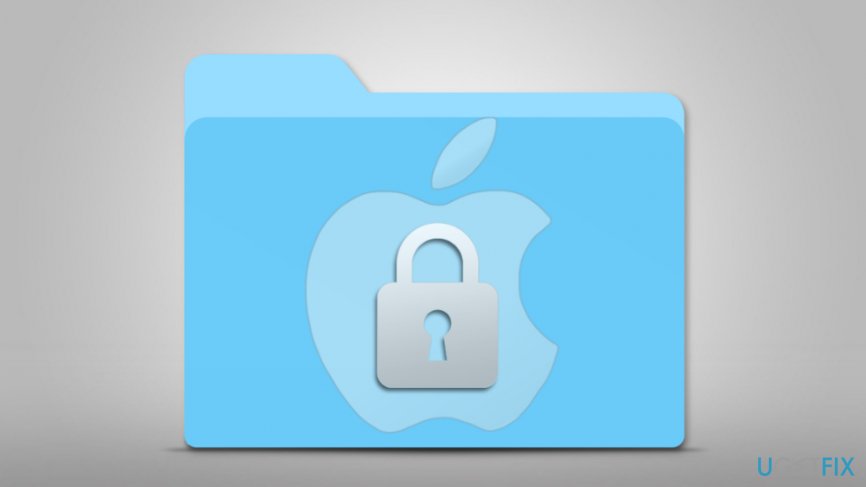
Because the files and folders have been copied, you’ll probably want to delete the originals so they aren’t visible to anyone else.Īgain, do not lose the password set or you will not be able to get access to the contents of the encrypted disk image. Once you are finished copying files and folders to the mounted disk image, eject it like any other disk and the contents will be safely protected within, requiring the password to access again. The default location for new disk images is the Desktop, but if you saved it elsewhere, look there instead.

Now you need to locate the image, mount it which will require the password set in the creation process, and drag files and folders into the mounted image that you want password protected. Optional: Uncheck the box next to “Remember password in keychain” – only do this if you’re the only user on the Mac, otherwise anyone can open the image without the password.

At the next screen you will set a password to access the folder – do not lose this password, you will not be able to open the disk image if you do.


Make sure to keep a backup of all your important files and folders.įew things are worse than forgetting the password to an important document. Some, like 7-Zip, are free, while others like Folder Guard must be purchased.Įven if something is protected with a password, it can still be deleted. There are a number of programs available to help you encrypt data or password protect folders and files. You can archive sensitive files, compress them, and encrypt the contents with a required password. Because it’s difficult to set up foolproof file protection from a determined hacker, it’s smart to use redundant security protocols and other privacy tools when possible beyond a locked folder with encrypted files.


 0 kommentar(er)
0 kommentar(er)
